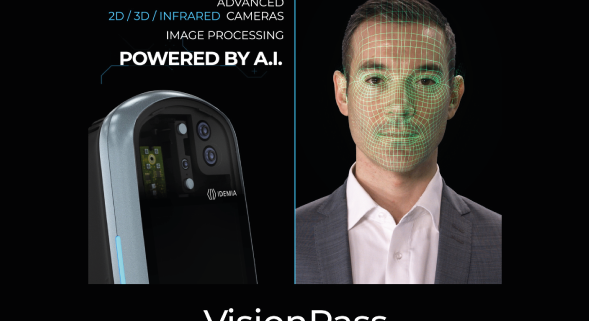The evolution of contactless: the facial recognition of tomorrow
In this article, we’ll further explore a major theme that is none other than facial recognition and learn how the future of “contactless” evolves around this cutting-edge innovation.
The beginnings of facial recognition
Originally, facial recognition was born out of the dream of Woodrow “Woody” Wilson Bledsoe, an American computer scientist in which he created a computing device that he called “human-computer” The very purpose of this device was to “read »Specific lines on an image and transform them into lines of binary code. Once these specific strings of code are associated with a database, the imaginary device would know what or who is in front of it and will notify it through some kind of listener.
A real breakthrough in the field of access control
Adopting an application that consolidates a set of rules with real-time facial recognition is useful in an access control environment. If today you can unlock your phone with just a glance, it is also possible that the customs security gates at the airport compare our faces with our ID documents. In most cases, the software grants access to the controlled person to authenticate them. Facial recognition therefore makes it possible to avoid identity theft by recognizing facial features from several angles.
This is the case with VisionPass, IDEMIA’s biometric reader which enables rapid authentication of a person by their facial features using 2D / 3D technology. He is now even able to recognize a person wearing a mask !
Facial recognition software is also integrated into other entry solutions, especially in sites that require a high level of security. But that’s not all, since the data generated by facial recognition software can be used for more than just opening a door or gate.
Biotime Biometrics offers you many biometric readers including VisionPass. Do not hesitate to contact us for more information.



